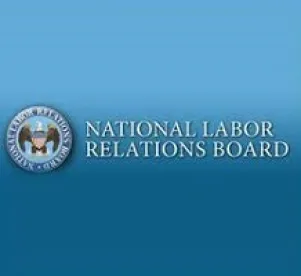The NLRB recently made public its NLRB Strategic Plan FY 2019-FY2022 wherein it states it wants to reduce time to handle cases before it by 5% per year at each stage of the case processing. The Strategic Plan provides an excellent snapshot of NLRB operations (page 3) but not much can be read into, or from, this document, which is long on aspiration and short on detail. It was issued pursuant to GPRA Modernization Act of 2010 which makes it a requirement for all federal agencies to submit a strategic plan identifying, among other things, “general goals and objectives.”
The NLRB always has been driven by metrics. All one has to do is read the basic summary of data about the agency and its operations contained on page 3 to see that with a staff of only 1,327 (70% of whom are in the field), it handles 20,000 new cases per year, which can only be characterized as efficient (perhaps more than efficient).
For anyone curious as to what a 5% reduction in average time for case processing each year for the years encompassed by the Strategic Plan would look like, the targets are set forth in the Appendix of the plan starting on page 17.
The average timelines for the unfair labor practice case processing are interesting.:
- First stage – Filing of charge to determination of merits (or lack thereof) – Current average is 106 days. Over the next few years this would be reduced to 85 days.
- Second stage – Issuance of complaint to decision by ALJ – Current average is 242 days (the trial usually must be set within 100 days of issuance). This would be reduced to 194 days.
- Third stage – Issuance of Board decision. Current average is 585 days (about 1.6 years). This would be reduced to 468 days.
Also interesting is the resolution of representation cases. Here there is less information. The agency aspires to seek an increase of a tenth of a percent in representation petitions resolved within 100 days of filing, from 85.8% to 85.9%, which may be reflective of the Board’s recent elimination of micro units and its desire to re-examine the election rules.



 />i
/>i

